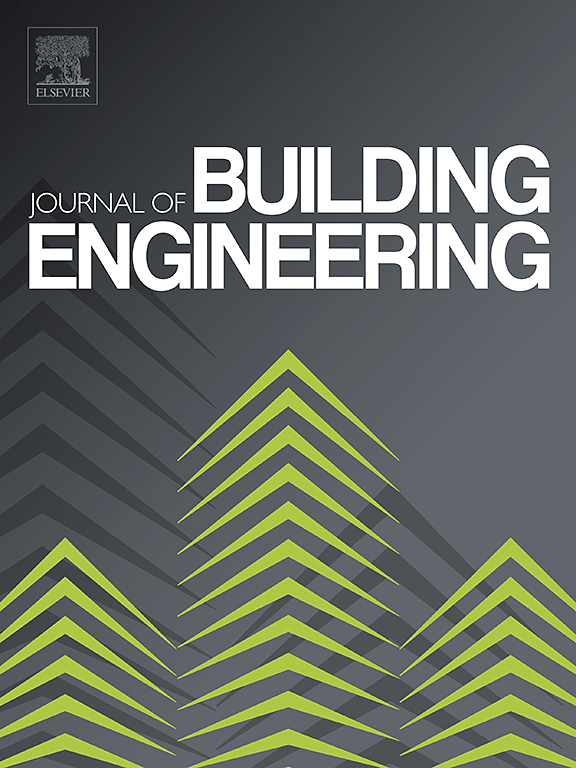Balancing mechanical and permeability properties of pervious concrete through inter-aggregate pore structure optimization
IF 6.7
2区 工程技术
Q1 CONSTRUCTION & BUILDING TECHNOLOGY
引用次数: 0
Abstract
The unique pore structure of pervious concrete significantly contributes to its permeability but also affects its mechanical properties. While previous studies have focused primarily on individual pore parameters, the combined effects of porosity and pore distribution remain underexplored, limiting the understanding of how these factors synergistically influence pervious concrete's performance. This study explores the impact of inter-aggregate pore structure characteristics by replacing larger aggregates (4.75–9 mm) with smaller ones (2.35–4.75 mm) and adjusting the compaction density. Image-J software was selected for its effectiveness in analyzing pore size distribution, while grey relational analysis was employed to quantify the relationship between pore characteristics and material properties, providing a comprehensive evaluation of the inter-aggregate pore structure's influence. The results indicate that incorporating smaller aggregates enhances both permeability and compressive strength when compaction density is below 2250 kg/m3, whereas a higher density leads to a reduction in both properties. Furthermore, a linear relationship between the flat-surface pore area and porosity ratio was observed, while permeability showed an exponential relationship with pore area. The study also developed a predictive model for compressive strength, incorporating both porosity and the proportion of small-sized pores, which demonstrated strong consistency with experimental results (R2 > 0.75). This model offers practical guidance for optimizing the mix design of pervious concrete, allowing for precise control of pore structure to achieve desired permeability and strength properties, which is crucial for the sustainable development of urban infrastructure, such as sponge cities.
求助全文
约1分钟内获得全文
求助全文
来源期刊

Journal of building engineering
Engineering-Civil and Structural Engineering
CiteScore
10.00
自引率
12.50%
发文量
1901
审稿时长
35 days
期刊介绍:
The Journal of Building Engineering is an interdisciplinary journal that covers all aspects of science and technology concerned with the whole life cycle of the built environment; from the design phase through to construction, operation, performance, maintenance and its deterioration.
 求助内容:
求助内容: 应助结果提醒方式:
应助结果提醒方式:


